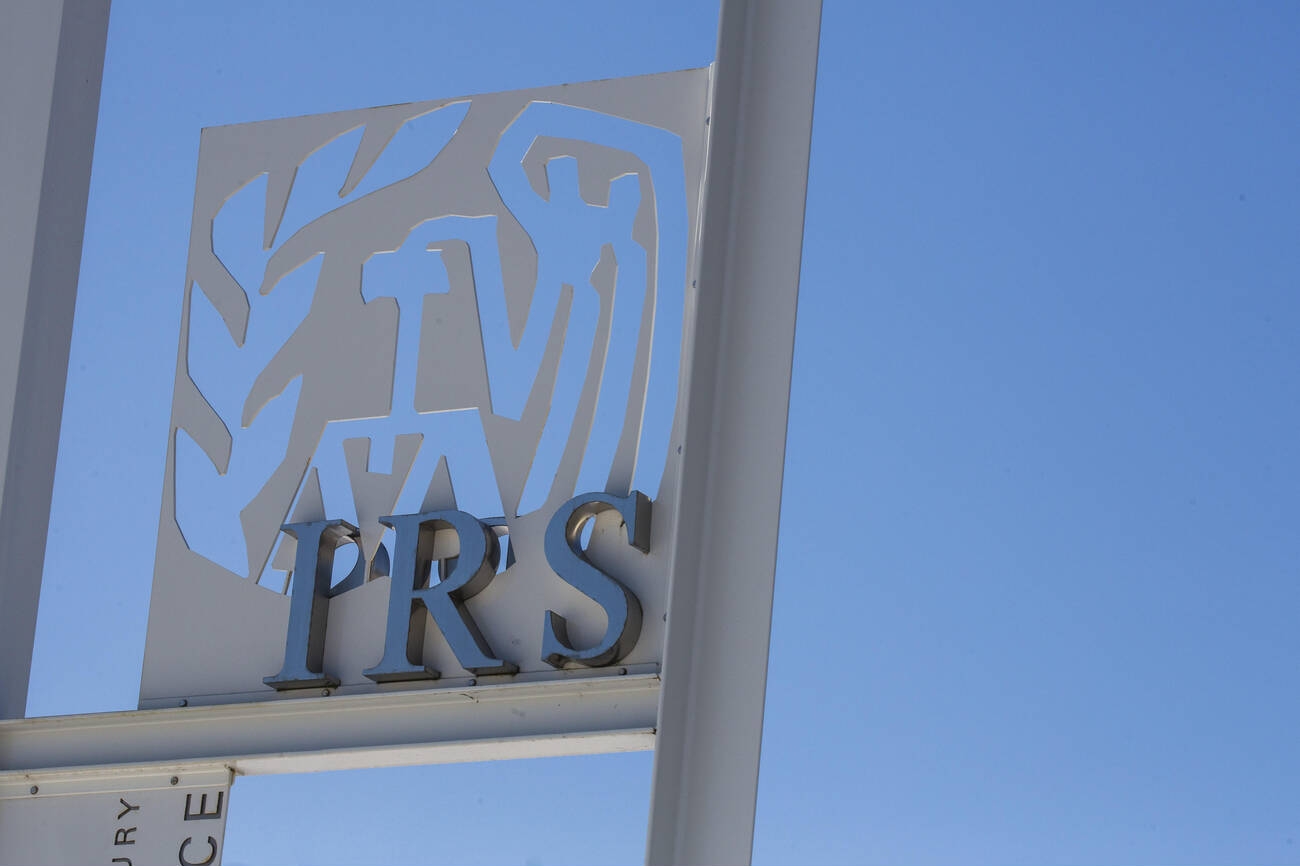The IRS sent out a reminder on the second day of the 2023 filing season that all digital asset-related income must be reported when taxpayers file their 2022 federal income tax returns.
One change of note on forms 1040 this year is the IRS has replaced the term “virtual currency” with “digital assets,” a term that covers more than just cryptocurrencies but also stablecoins and nonfungible tokens.
“A digital asset is a digital representation of value which is recorded on a cryptographically secured, distributed ledger,” the IRS said on Jan. 24.
A question regarding digital assets must be answered by all taxpayers on their 2022 income tax returns. The IRS said anyone who files Form 1040, Form 1040-SR, or Form 1040-NR must check one box, answering either “Yes” or “No” to the digital asset question.
The question is: At any time during 2022, did you: (a) receive (as a reward, award, or payment for property or services); or (b) sell, exchange, gift, or otherwise dispose of a digital asset (or a financial interest in a digital asset)?

As you can see, the term used and the wording of the question is different on the 2022 Form 1040 (above) than the Form 1040 for 2021 (below).

Taxpayers will need to check the “Yes” box if they:
- Received digital assets as payment for property or services provided;
- Transferred digital assets for free (without receiving any consideration) as a bona fide gift;
- Received digital assets resulting from a reward or award;
- Received new digital assets resulting from mining, staking and similar activities;
- Received digital assets resulting from a hard fork (a branching of a cryptocurrency’s blockchain that splits a single cryptocurrency into two);
- Disposed of digital assets in exchange for property or services;
- Disposed of a digital asset in exchange or trade for another digital asset;
- Sold a digital asset; or
- Otherwise disposed of any other financial interest in a digital asset.
Along with checking the “Yes” box, taxpayers will need to report all income related to their digital asset transactions, so other tax forms may also need to be filed. For example, an investor who held a digital asset as a capital asset and sold, exchanged or transferred it during 2022 would need to use Form 8949, Sales and other Dispositions of Capital Assets, to figure their capital gain or loss on the transaction and then report it on Schedule D (Form 1040), Capital Gains and Losses, or Form 709, United States Gift (and Generation-Skipping Transfer) Tax Return, in the case of a gift.
If an employee was paid with digital assets, they must report the value of assets received as wages, according to the IRS. Similarly, if they worked as an independent contractor and were paid with digital assets, they must report that income on Schedule C (Form 1040), Profit or Loss from Business (Sole Proprietorship). Schedule C is also used by anyone who sold, exchanged, or transferred digital assets to customers in connection with a trade or business, the IRS said.
However, the IRS noted that taxpayers who merely owned digital assets during 2022 can check the “No” box as long as they did not engage in any transactions involving digital assets during the year. They can also check the “No” box if their activities were limited to one or more of the following:
- Holding digital assets in a wallet or account;
- Transferring digital assets from one wallet or account they own or control to another wallet or account they own or control; or
- Purchasing digital assets using U.S. or other real currency, including through electronic platforms such as PayPal and Venmo.
For more information, see page 15 of the Tax Year 2022 1040 (and 1040-SR) Instructions and the Digital Assets page on IRS.gov.
Thanks for reading CPA Practice Advisor!
Subscribe Already registered? Log In
Need more information? Read the FAQs
Tags: Digital Currency, IRS, Taxes




